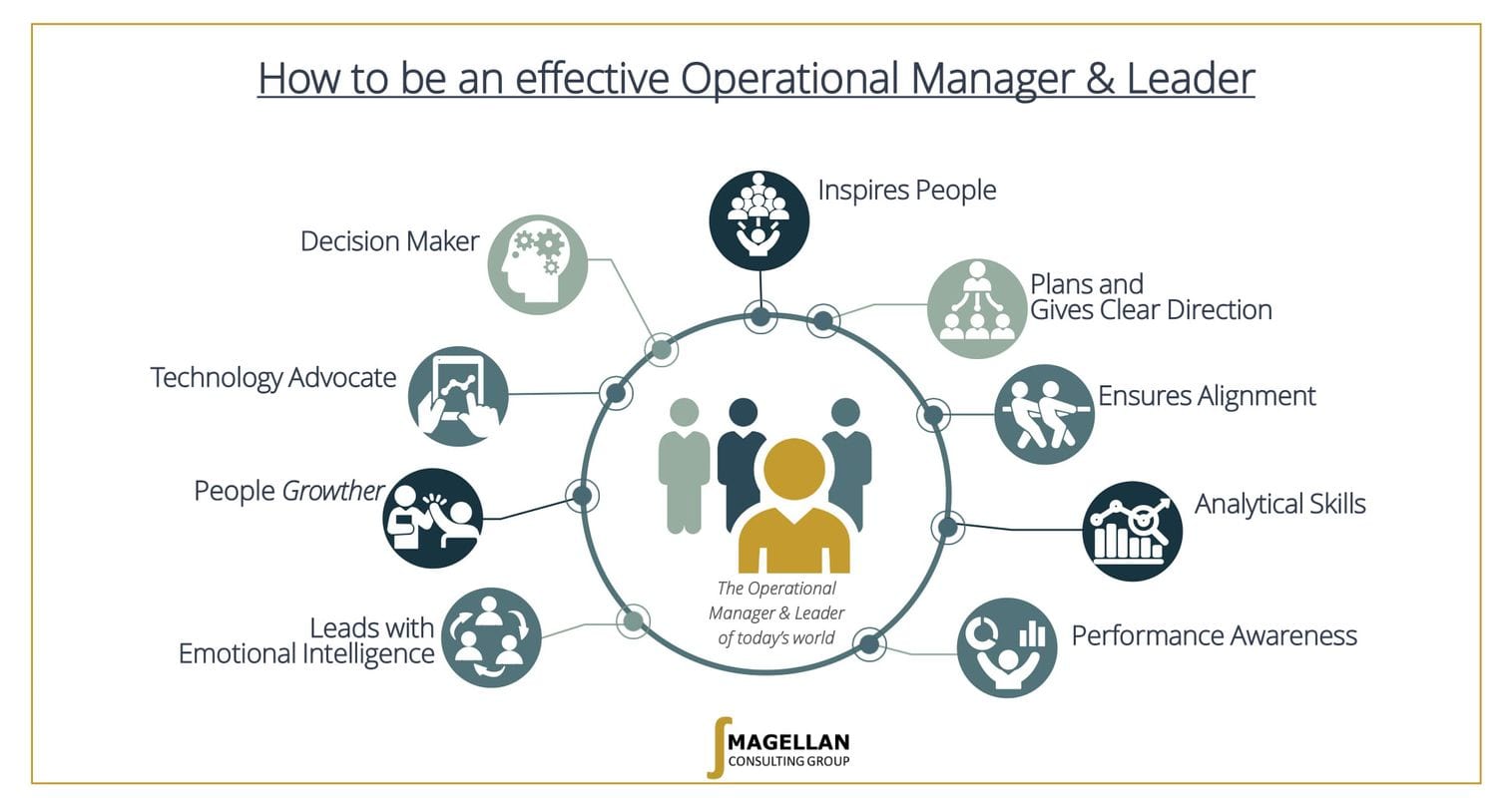
Strategy means nothing without Execution
Like in the Nike slogan “Just do it”, don’t over analyse – it could be as simple as that! Yet many companies spend a great deal of resources strategizing about transformation programs to improve their execution models and still, according to top rated consulting firm McKinsey & Company, 70% of these programs fails to deliver results. How can this happen if these programs are considered crucial? Part of the answer is that Strategy means nothing without Execution!
The second most important point is that it is not only about execution for the sake of execution but applying a well performing execution model that fits companies’ environments and specificities.
Based on our experience, the great majority of companies can improve their profitability up to 5% without any asset investment. This is achieved simply with some surgical adjustments to the existing execution model without the need for the implementation of a larger, more substantial transformation program. We are talking about a much higher percentage of profitability (10%-30%) when a full transformation program is put into execution.
Before detailing the fundamental elements of a successful transformation program, I would like to explain in a straightforward way what an execution model is. It is the way companies run their daily operations, their core business activities – where and when things get done. This is possible thanks to the application of processes, management tools and managerial skills and the behaviors of their people.
Not withstanding, companies have not always set themselves up for success when considering performance-oriented execution models. Why can companies operating with older technology offset their competitors? Because they have developed a stronger execution model: these companies are performance-centered, run cost-effective operations and are committed to developing their people’s skills and behaviors.
From our perspective, in a world where geography and technology are no longer sustainable competitive advantages, the only way for most business to become more competitive is through the excellence of their execution models – they become world-class organizations regarding Operational Excellence.
To get to that superior level we need to keep in mind 6 fundamental elements when bridging the gap between strategy and execution:
- Alignment across all levels of the organization – companies often fail to align an essential level of the organization when it comes to execution: middle-managers. Most companies invest substantially in leadership development for executives while neglecting middle-managers. It is paramount that middle management is aligned with strategic goals before strategy execution.
- Robust Transformation Program Design & Governance. Poor workstream design and ambiguous governance models lead to “wrong from the start” execution. A bold governance model, accountability, ownership and roles & responsibilities need to be properly defined and communicated from the beginning. Considering that the “road to success is always under construction”, there should be some degree of adaptability, but always bear in mind the final bottom line results!
- Strategy goals are connected to operational objectives and associated to specific measurable metrics. This is about ensuring an overall consistency between strategy and execution when agreeing on success factors, setting up performance goals and defining key metrics.
- Suitable Managerial Capabilities. This translates into adequate skills and behaviors at all management levels. Most of the time, there is a need to level up managerial capabilities throughout the process of executing a transformation program through training and coaching.
- People’s Engagement. This is imperative. Full execution of a strategy without engaged people is almost impossible. Participation, regular communication loops, successful storytelling and celebration of success. Information flows freely. It is also important to include front line employees and managers when designing the solution, so it becomes far easier for them to accept and implement.
- Solid and supported decision-making process. To advance the transformation process, it is crucial that people feel supported when making every-day small and yet important decisions to move forward. There should be no place for second-guessing. “Better a wrong decision than no decision” mindset.
This is not a new recipe to successful implementation. Having said that, the key aspects of it reside on how the transformation programs are designed and implemented in a customized fashion according to companies’ environment and specificities.
At Magellan Consulting Group, we partner with our client to implement customized execution models aligned with their strategy goals, impacting bottom line results, with a Return On Investment ranging from 300% to 800%.



